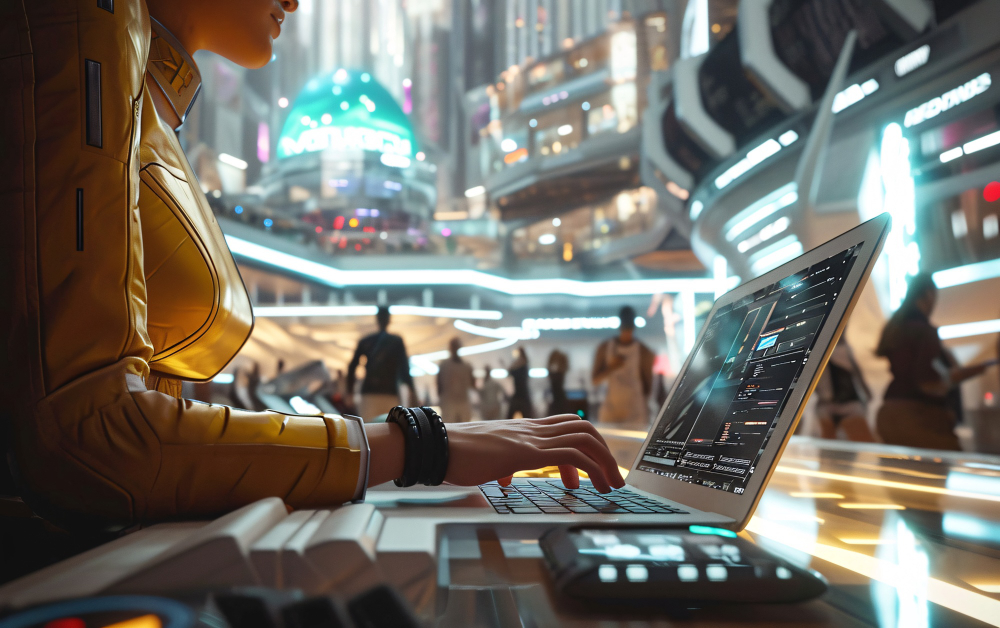AI tools are transforming how we analyze and create images. For those in biomedical imaging, tools like ImageJ, CellProfiler, and Ilastik are invaluable. These tools offer user-friendly interfaces and pretrained models, making it easier to handle complex image analysis tasks. They enhance efficiency by automating processes and providing detailed insights into biological data.
In creative projects, generative models like Pikaso are reshaping artistic expression. These tools allow users to explore various styles and generate images that align with their creative vision. They provide a platform for artists and designers to experiment with new concepts quickly, without the need for extensive manual work. For those looking to upscale their generated images while maintaining quality, Free AI Image Upscaling offers an impressive solution, enhancing image resolution up to 20k, ideal for social media managers and photographers.
Here’s a rundown of some popular AI tools:
- ImageJ: Widely used in scientific communities for image processing and analysis, offering a robust plugin system.
- CellProfiler: Designed for high-throughput biological image analysis, helping researchers quantify cellular phenotypes.
- Ilastik: Offers machine learning-based image classification, segmentation, and tracking, making it accessible to non-experts.
- Pikaso: A notable choice for artists wanting to generate AI-driven images in unique styles.
These tools exemplify AI’s versatility, enhancing both productivity and creativity. They unlock new possibilities, whether you’re a scientist analyzing microscopic images or an artist creating digital masterpieces. The integration of AI into image processing and creation is making it easier to achieve precise and innovative results across various fields.
Key Takeaways on AI Images
AI images are changing how we create and analyze visuals. They boost quality and automate tasks, speeding up processes. In healthcare, AI helps doctors diagnose patients by analyzing images accurately. For creatives, it opens new doors for expression.
Deep learning and neural networks generate impressive visuals. This helps both businesses and artists. The technology sparks new styles and techniques we couldn’t imagine before.
With this power comes responsibility. We must think about ethics. Users need to be careful with copyright and privacy. It’s vital to respect intellectual property and privacy when using AI for art and media.
Some challenges exist, like selection bias and system inconsistency. AI models need diverse data to work well. Fixing these issues will make AI more reliable and accurate.
AI offers big advantages. It makes our work more efficient, sparks creativity, and drives innovation in surprising ways. To get the most out of AI, we need to understand and tackle its challenges.
Image : Freepik

Leave a Reply